
The production of gift packaging boxes continues to evolve through the exploration of new forms and shapes. In addition to the ongoing transformation and exaggeration of three-dimensional structures, creative modifications can also be applied to the flat paperboard used in packaging. Below are three commonly used techniques that designers can adopt in future projects involving gift boxes or paper bags.


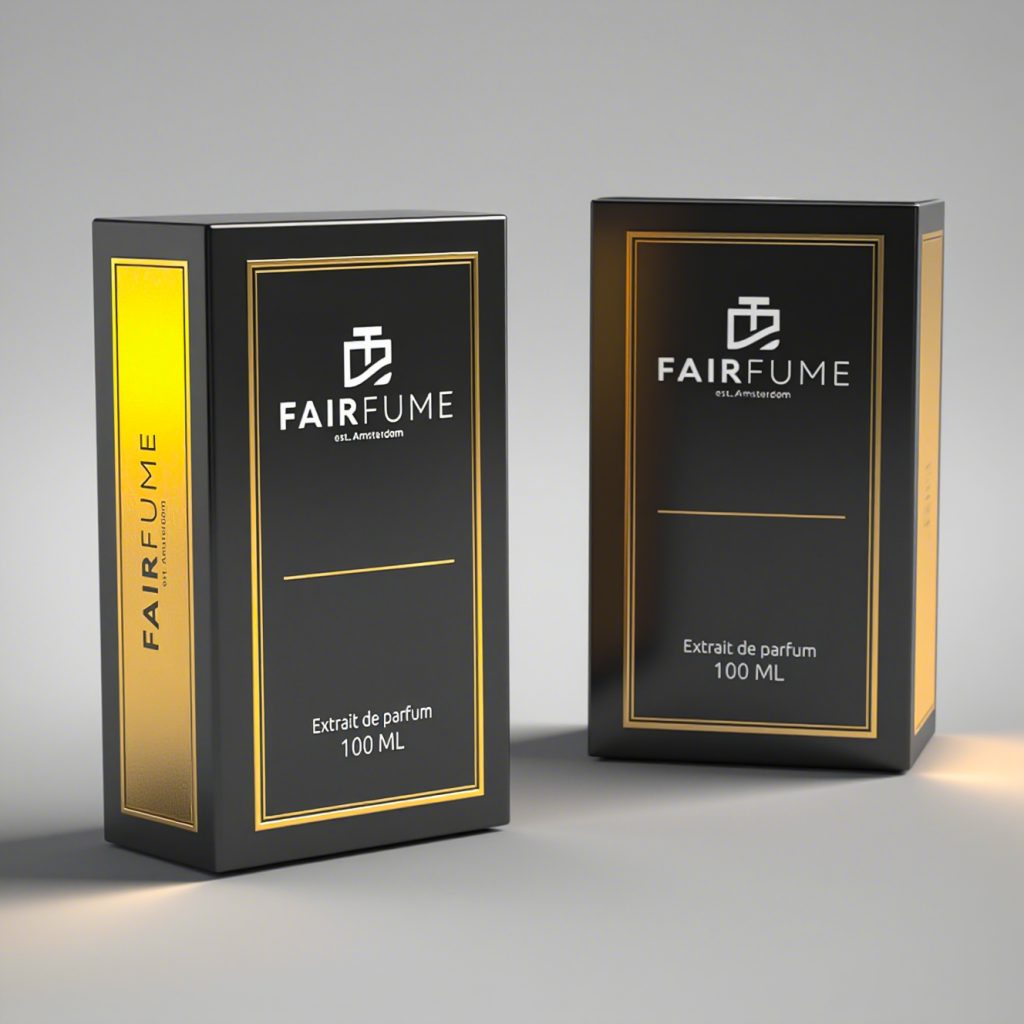
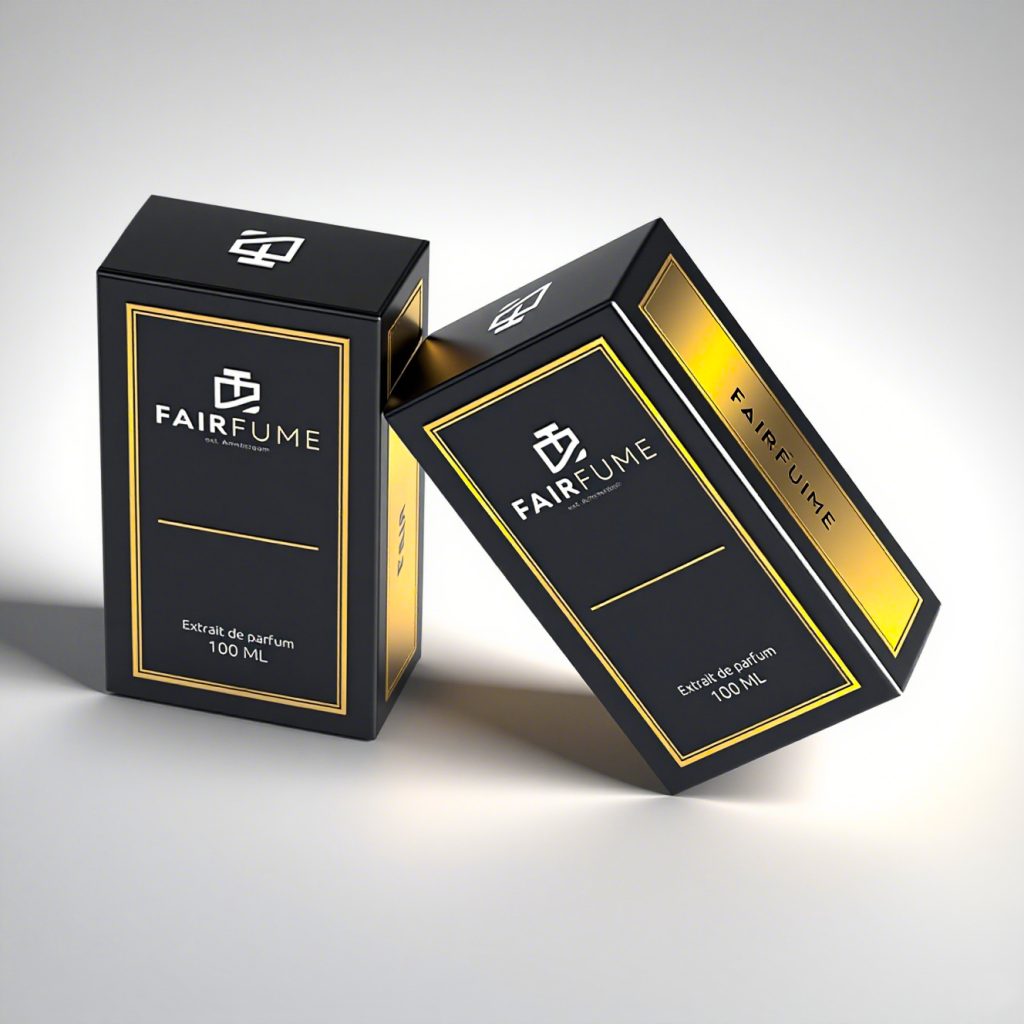
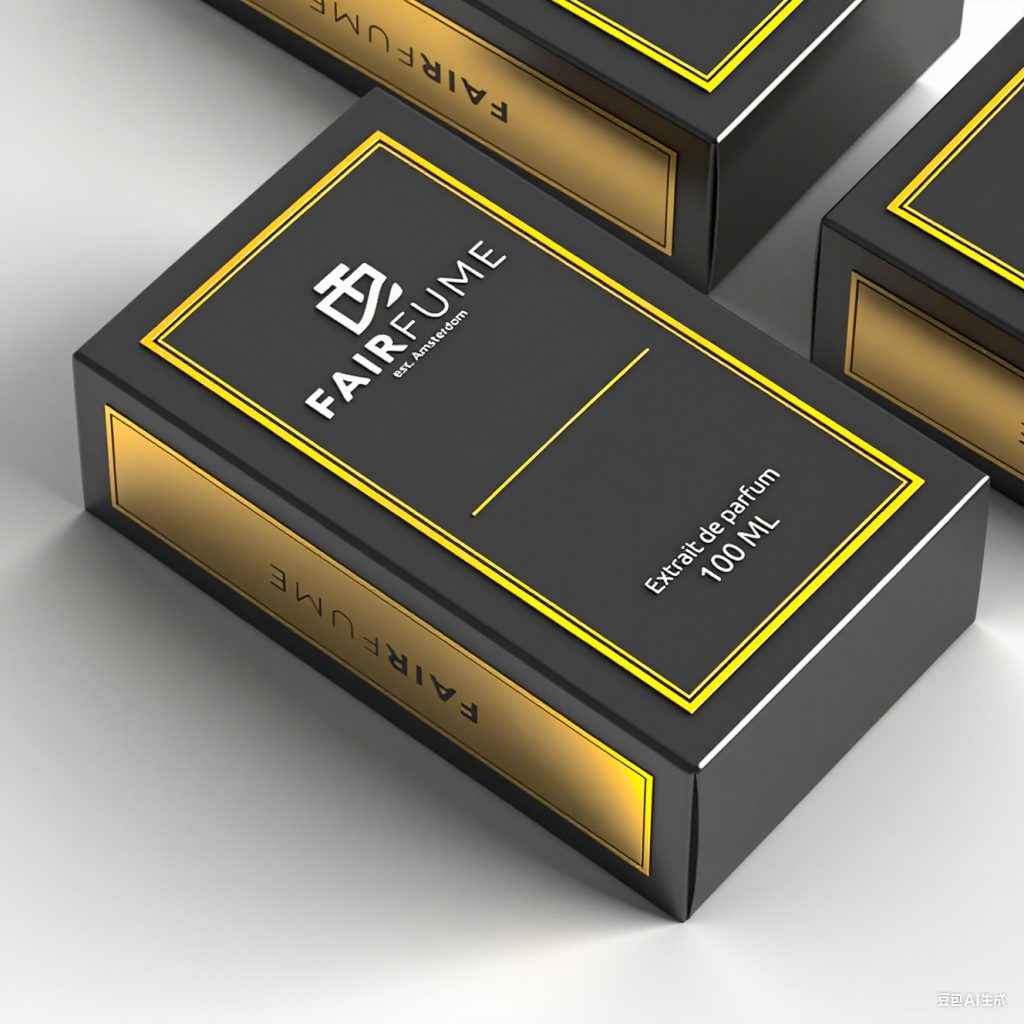
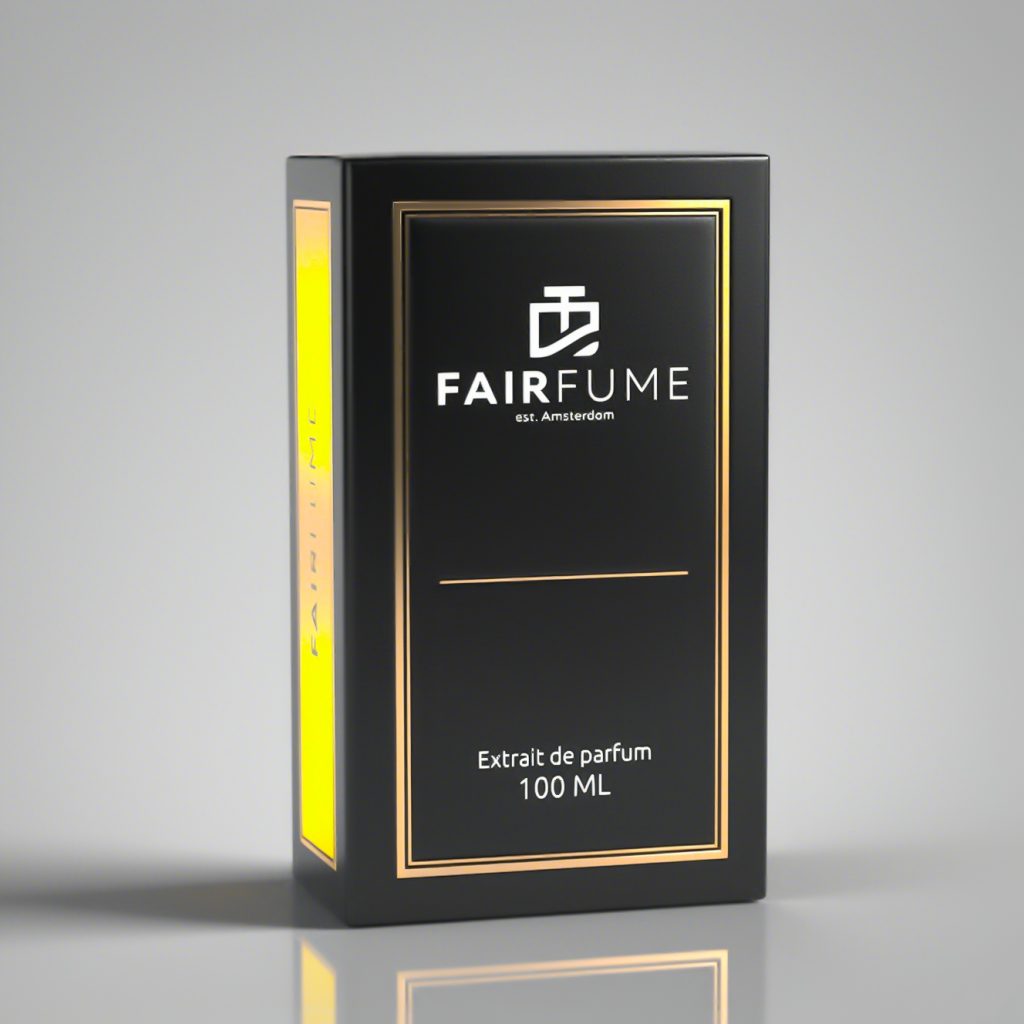
Die-cutting enables the creation of various three-dimensional forms from flat paperboard. However, since cutting reduces the material’s structural strength, designers must carefully consider how to employ this technique in a functional and sustainable way. For instance, some handbag-style gift boxes incorporate curved die-cuts that form gentle raised structures. These not only enhance visual appeal but also snugly accommodate round or flat products, providing reliable support and positioning. The altered structural properties of the cut paper allow a degree of flexibility, offering improved cushioning and shock absorption. Among the advantages of this approach are reduced weight, excellent protective qualities, material efficiency, and environmental friendliness.
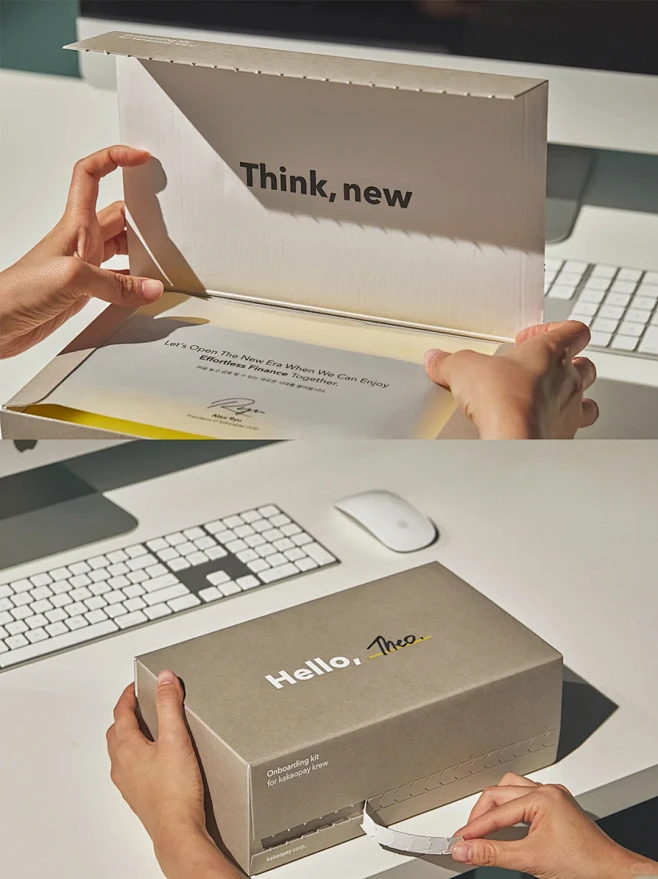
The hollow-out process, widely used in packaging design, creates distinctive visual effects that differ from conventional printing. For example, an owl-themed gift box may feature no printed graphics or text. Instead, hollow-out patterns form the eyes and beak, while three-dimensional feathers and claws complete the lifelike appearance—evoking a sense of childlike wonder. This minimalist design approach blends aesthetics and functionality, delivering visual enjoyment and emotional appeal without excess. At the same time, it considers practical aspects such as cost-effectiveness, ease of production, transportation, and user convenience.
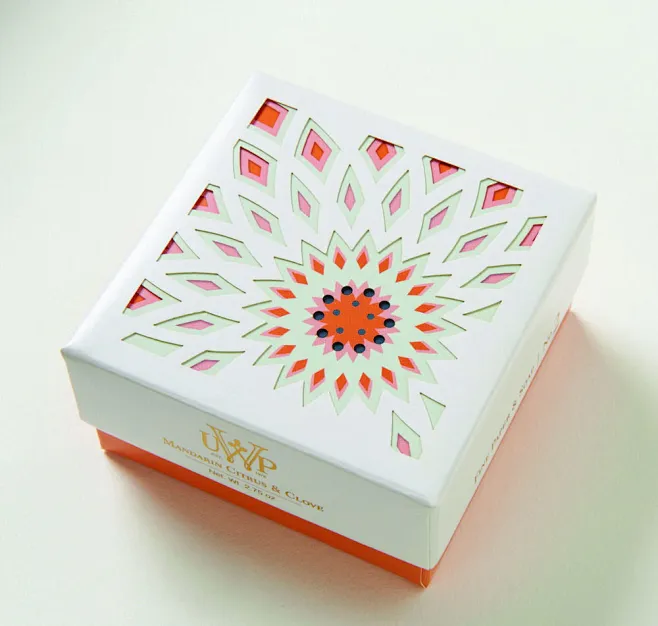
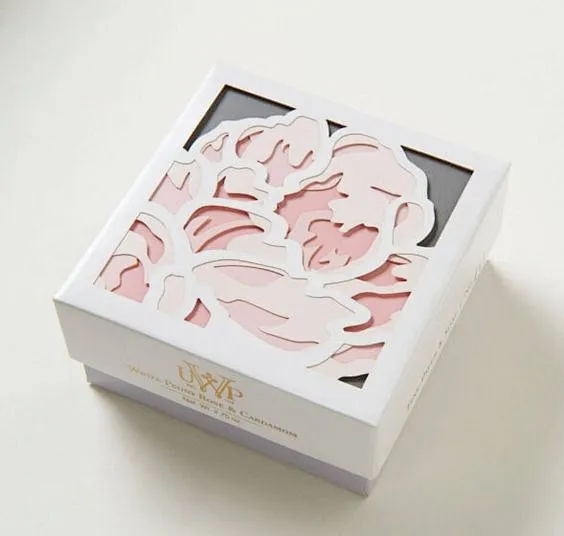
Folding along straight or curved lines can transform flat paper into numerous three-dimensional shapes. By introducing arched or angular folds, designers can enhance the spatial experience and structural richness of the package. This technique is often combined with die-cutting to add layers and complexity to the design. One example includes a gift box with integrated die-cut lines on the front, back, and top panels. When lifted and folded, these sections form three-dimensional features such as eyes or scales. The resulting arched structure not has aesthetic appeal but also serves a protective function, safeguarding the product by minimizing movement within the box. It is essential to ensure that the angle, length, and curvature of the cut lines correspond precisely to the product’s shape, securing it firmly without leaving unwanted gaps.





In the field of printing, four-color printing and spot […]
According to relevant research, the process of crafting […]
When designing product packaging, manufacturers often p […]
I. IntroductionAs a premium packaging solution, silver […]